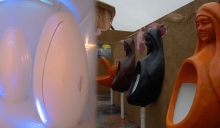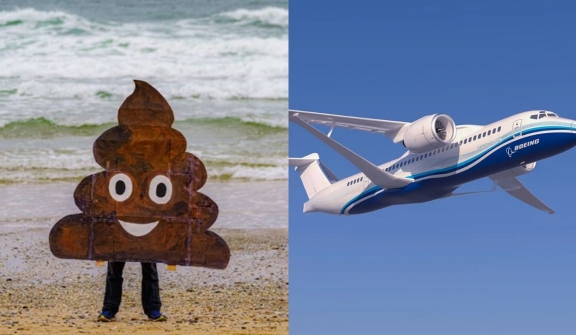
As the world becomes increasingly aware of the environmental impact of air travel, the search for sustainable alternatives to traditional jet fuel is developing day by day.
From electric and hydrogen-powered planes to biofuels made from cooking oil, companies are exploring various options to reduce carbon emissions in the aviation industry.
But one unconventional idea has caught the attention of many, which is using human poop as jet fuel.
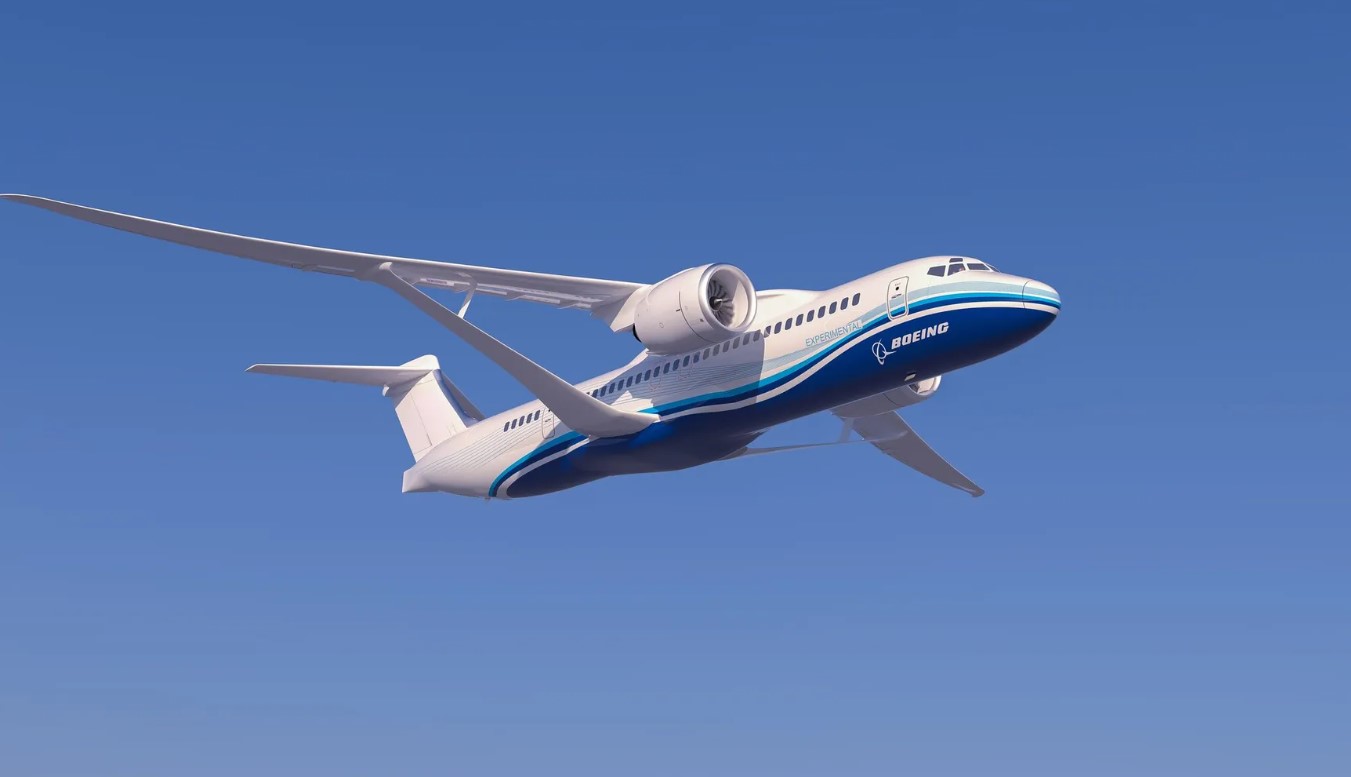
The use of fossil fuels, such as kerosene, to power airplanes has been a major contributor to global carbon emissions.
According to the International Air Transport Association (IATA), commercial aviation accounts for 2.5% of global carbon emissions, which contributes to climate change.
As the demand for air travel continues to rise, so does the need for more sustainable solutions to reduce the industry's impact on the environment.
In recent years, there has been a growing interest in alternative jet fuels, to achieve net-zero emissions in the aviation sector by 2050.

While electric and hydrogen-powered planes are still in the early stages of development, biofuels have emerged as a more viable option. And among the various types of biofuels, the idea of using human sewage as jet fuel has sparked curiosity and debate.
Firefly utilizes hydrothermal liquefaction, a method suitable for wet waste, to transform human waste into a viable fuel source.
Through the application of high pressure and heat, this process converts sewage into two valuable outputs: carbon-rich biochar, which can serve as a crop fertilizer and crude oil.
While the production has primarily taken place on a small scale within laboratory settings, initial outcomes have been promising.
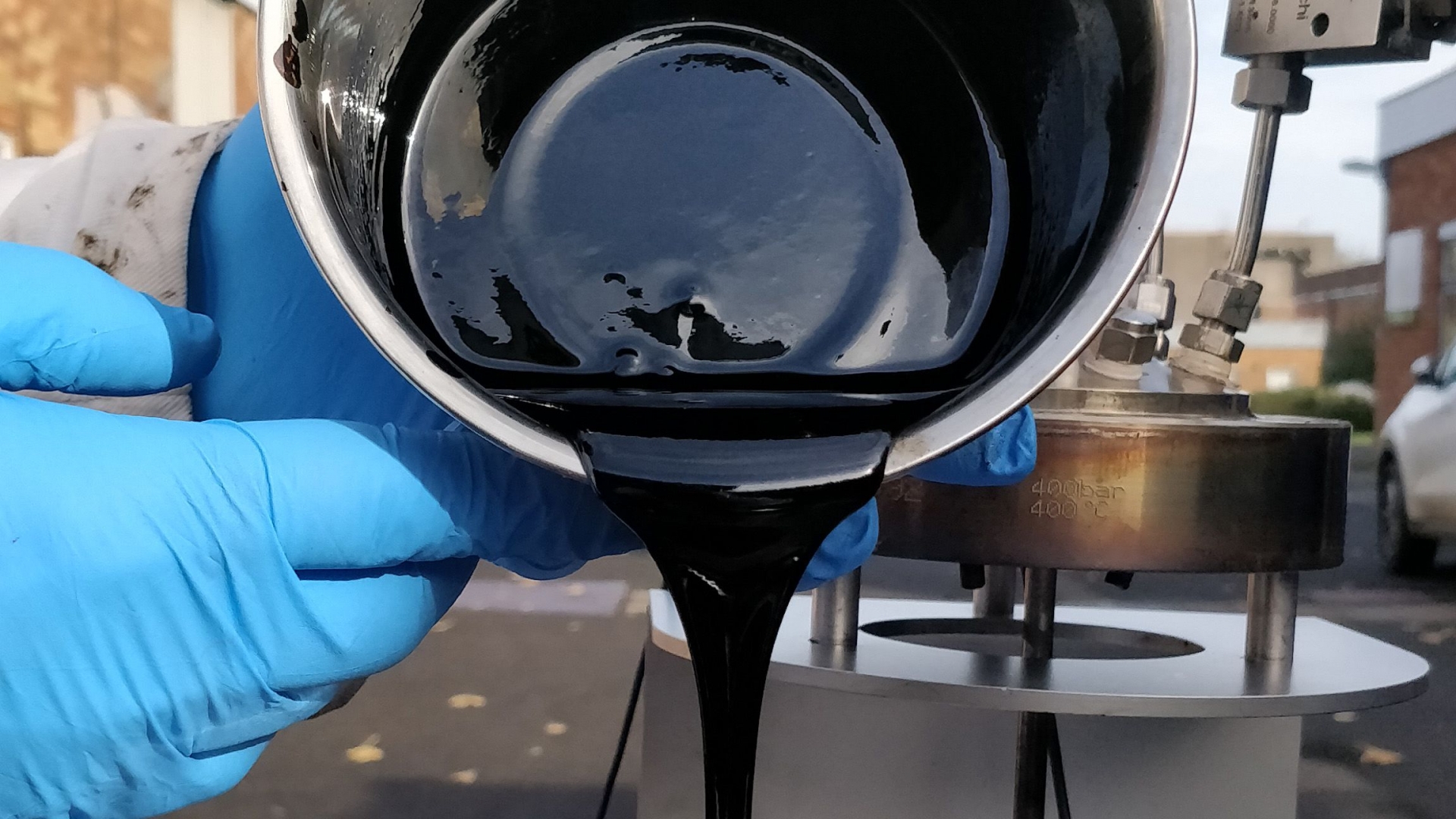
Independent analysis conducted by researchers from universities in the European Union and the United States has revealed that the resulting fuel is nearly indistinguishable from conventional fossil jet fuel.
Furthermore, a life cycle analysis conducted by Cranfield University in the United Kingdom has indicated that this fuel possesses a carbon footprint that is 90% lower than that of standard jet fuel.
While the concept of poop-powered planes may seem like a win-win solution, there are still some challenges and limitations that need to be addressed.
Currently, Firefly Green Fuels' production capacity is limited to 10,000 liters of Green Gasoline per day. To put this into perspective, a single commercial flight can use up to 100,000 liters of jet fuel.
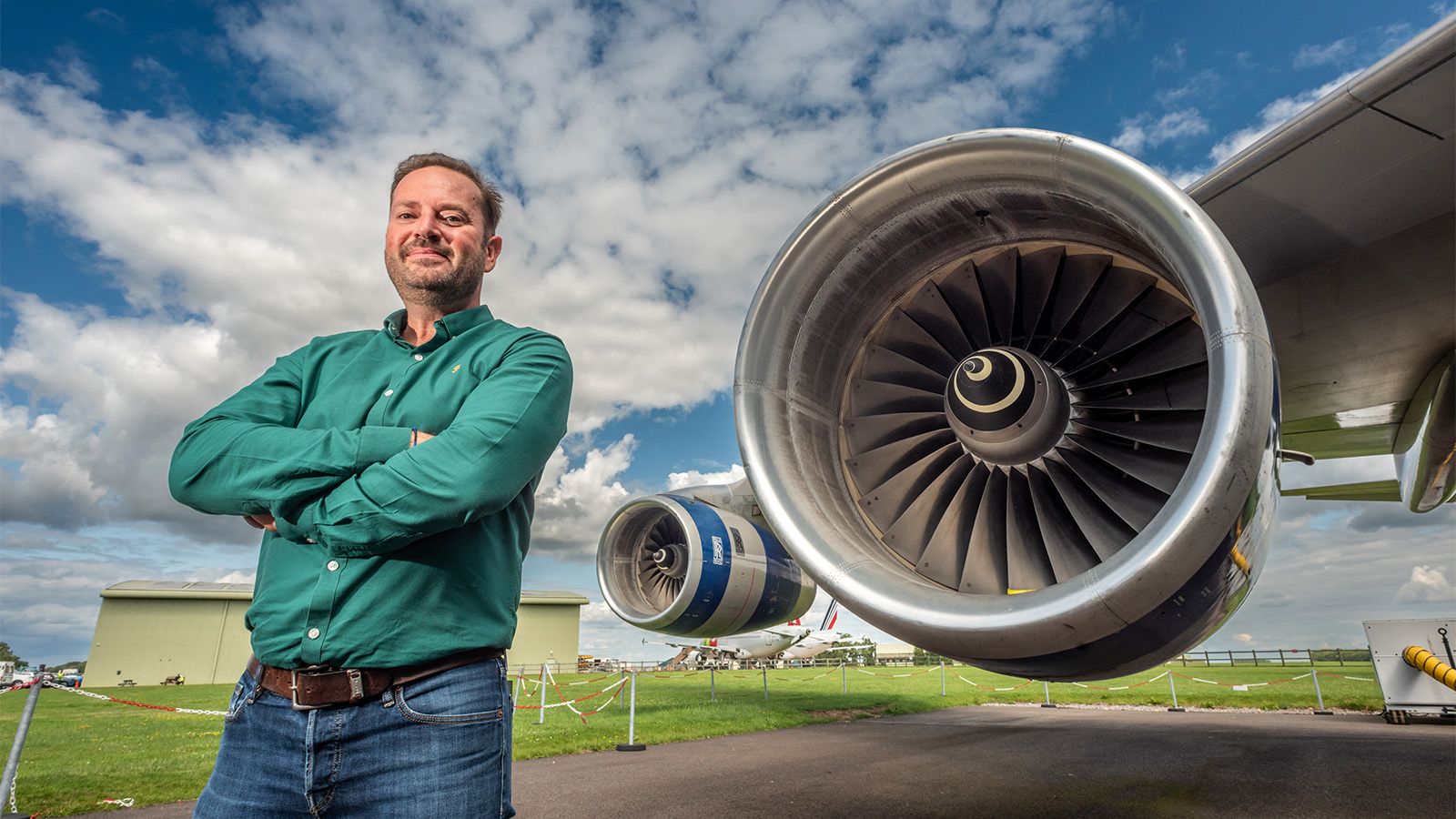
To meet the demand for biofuels in the aviation industry, large-scale production facilities would need to be built, which would require significant investments.
Additionally, the infrastructure for collecting and transporting sewage to these facilities would also need to be developed.
While the company claims that its fuel is cheaper than traditional jet fuel, it is still more expensive than other biofuels, such as biodiesel or ethanol.
“These are big infrastructure projects that need money behind them to actually come to fruition,” Firefly says.
The company has been granted £2 million ($2.5 million) in research and attracted a significant investment of £5 million ($6.3 million) from Wizz Air, a prominent European airline.
Hygate estimates that utilizing UK sewage waste for aviation fuel production would only meet 5% of the country's jet fuel demand, necessitating the incorporation of other sustainable aviation fuel feedstocks, such as rapeseed oil.
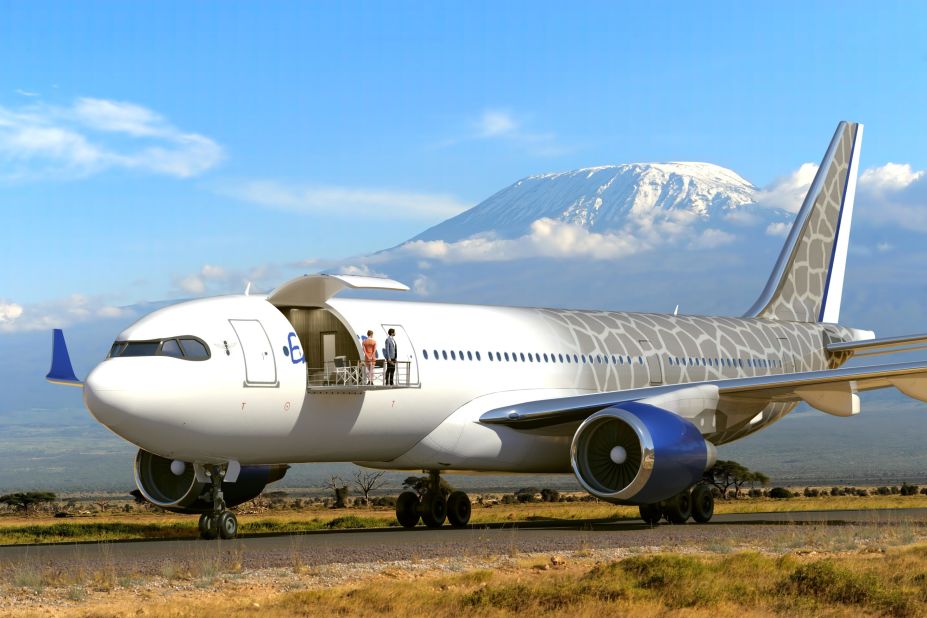
The 2023 Royal Society report on net-zero aviation solutions highlighted the challenge of feedstock availability for biofuels.
To meet the UK's aviation demand through biofuel production alone, over half of the country's agricultural land would need to be utilized.
There is also debate regarding the classification of agricultural waste and sewage waste, as they often serve other purposes, such as animal bedding or feed.


